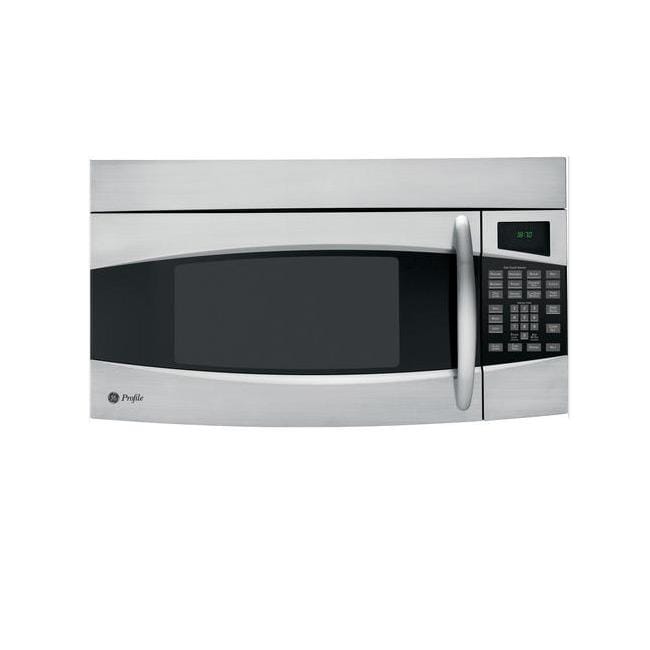

I'd like to share my solution to the 24' wide x 12'deep upper cabinet problem. I made this upper cabinet 14" deep instead of 12" to accommodate micro and tambour. My client is also petite, but has no trouble reaching this bottom-shelf. I attached another photo showing the tambour door open so you can see the micro. Also, notice the tambour door upper cabinet next to the 's hiding an 18" wide GE Spacesaver microwave oven.

I brought the cabinetry up to just under this beam. About that beam.below is a picture from a kitchen I designed that has a huge beam running across the room.
#Ge space saver microwave install#
When you install the hood too high, it becomes very inefficient. With a wider capture area, you can cheat a little and raise the hood an inch or two higher. No matter what ventilation unit you install, be sure to duct it to the outside of your home, and be mindful to install it at the proper height.

This will get the air moving around the cooktop and into the hood properly. Another "trick" or good habit is to make sure you turn the hood on when you start cooking. This increased capture area removes more grease, odors, etc., from the kitchen. An ideal "capture area" occurs when you install a hood wider than the cooktop - especially with pro-gas-type range tops - and you'll often see 42" wide hoods over 36" cooktops/rangetops for this reason. Combination microwave-hood units tend to be inefficient ventilators, so a good "updraft" hood located against a wall with properly sized "capture area" and adequate CFM capacity is the best approach. If you're not capturing this in a ventilation hood and extracting it from the room, then it's landing on counters, floors, cabinets, etc. The hood.accepted lore is that the average American home releases a gallon of grease into the kitchen annually. MIcrowave drawers are often a much better option than "swing door" microwaves for below-counter installations. Depending on how you use a microwave oven, below-counter installations can be inconvenient.


 0 kommentar(er)
0 kommentar(er)
